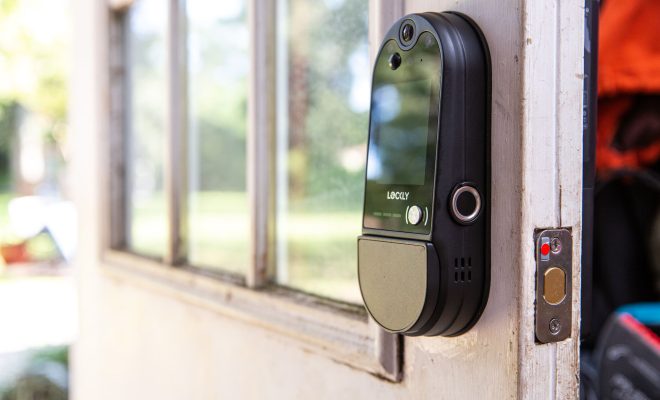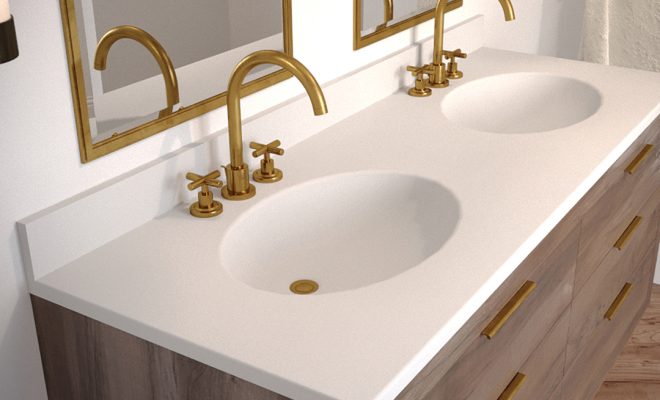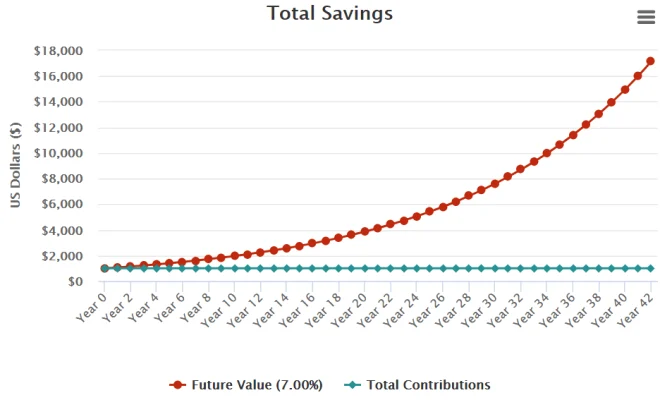Best Advantages of Indoor Environmental Sensors!

Indoor environmental sensors are rapidly becoming an indispensable part of modern building management systems. From residential properties to corporate offices and manufacturing plants, the ability to monitor and control the quality of the indoor environment has significant benefits. Here are some of the best advantages of utilizing indoor environmental sensors:
1.Health and Comfort: Indoor sensors monitor critical parameters such as temperature, humidity, and air quality indices like CO2, VOCs (Volatile Organic Compounds), and particulate matter. By keeping these factors within optimal ranges, building occupants can enjoy a more comfortable atmosphere, which is conducive to better health and productivity.
2.Energy Efficiency: With the data obtained from environmental sensors, heating, ventilation, and air conditioning (HVAC) systems can operate more efficiently. This precise control over indoor climates means energy is only used when necessary, leading to substantial cost savings and a reduced carbon footprint.
3.Early Warning Signs: Sensors can detect irregularities in environmental conditions that may indicate malfunctions in building systems or even forewarn about events like leaks or mold growth. Early detection allows for prompt action to prevent potential damage or more serious health issues.
4.Data-Driven Decisions: Indoor sensor technology provides a wealth of data that can be analyzed to make informed decisions about space utilization, maintenance schedules, and investments in building improvements. This analytical approach can lead to overall better management of building operations.
5.Regulatory Compliance: Many regions have regulations concerning indoor air quality and environmental conditions within public and commercial buildings. Environmental sensors help ensure compliance with these laws by providing constant monitoring and record-keeping.
6.Customization and Automation: Modern sensor systems can be integrated with other smart building technologies, allowing for automated adjustments based on real-time data. For instance, smart blinds could adjust according to luminosity sensors to reduce glare or save on lighting costs during peak sunlight hours.
7.Enhanced Security: Some sensors can serve dual purposes by also providing security functions such as detecting unauthorized entry through broken windows by sensing sudden changes in temperature or noise levels.
8.Occupant Behavior Insights: By analyzing data from environmental sensors, insights can be gained into occupant behavior patterns which can then be used to optimize space management and resource allocation within buildings.
9.Remote Monitoring: The advent of IoT (Internet of Things) enabled sensors allows for remote monitoring of indoor conditions from anywhere in the world. This feature is particularly beneficial for property managers who oversee multiple locations.
10.Improved Resale Value: Buildings equipped with advanced sensor technology may gain an edge in the real estate market as buyers increasingly value smart, energy-efficient homes and workplaces that offer healthier living environments.
In conclusion, indoor environmental sensors present a compelling array of advantages ranging from cost savings to improved occupant well-being—all critical factors in promoting sustainable living spaces for the future.






